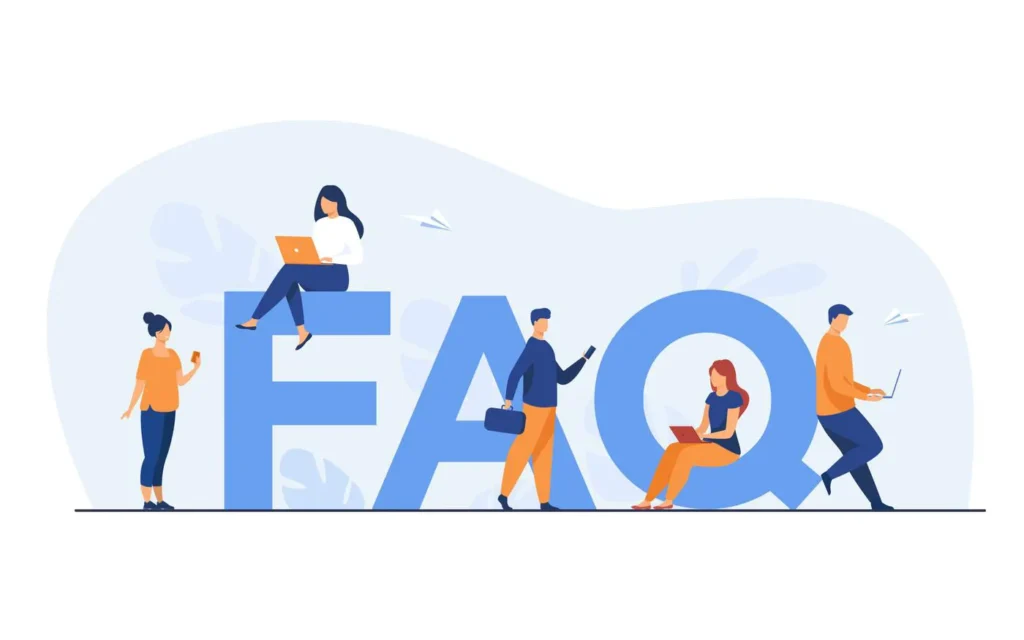So, you may be wondering what is perplexity ai and why everyone keeps mentioning it nowadays. In simple words, Perplexity AI is like a mashup between a search engine and an AI chatbot. Instead of just throwing out a long list of links, it gives you direct answers, citations, and even lets you ask follow-up questions. For many people this feels like a big change in how we find information online, specially when you’re tired of scrolling 10 pages in Google just to find one useful thing.
The reason it matters is cause the internet is noisy, full of outdated articles, clickbait blogs, and information that’s hard to verify. Perplexity comes in and tries to clean up all that mess by pulling fresh sources, showing you where the info came from, and presenting it in a easy conversational style.
How Perplexity AI Actually Works
Perplexity AI uses something called large language models (LLMs) which are trained on giant piles of text. When you ask a question, the system first tries to understand what you mean, then it goes out on the internet, finds recent sources, and creates a neat summarized answer. Unlike tools that are stuck with a old knowledge cutoff, Perplexity AI can grab real-time data from the web.
For example, if you ask “what’s the latest inflation rate in the US?”, a normal AI assistant without browsing would probably guess, but Perplexity will fetch recent stats, cite the link, and you can click to check it yourself. This feature makes it stand out a lot from competitors.
It also has different modes and tiers. Free users get the basic stuff, while Pro or Max users can choose advanced models, unlock Labs (for building reports, slide decks etc), and even use their AI browser called Comet.
Why People Are Using It
There’s a bunch of real world scenarios where Perplexity AI comes handy:
- Students use it for learning faster, asking for explanations, or checking sources for essays.
- Writers and bloggers use it to summarize news, compare facts, and save time digging through endless articles.
- Researchers find it useful cause it brings in fresh data and lets them check citations quickly.
- Companies sometimes buy Enterprise plans so teams can search internal docs alongside web info.
Imagine you’re writing a report on renewable energy. Instead of opening 20 tabs, you just ask Perplexity “summarize the current renewable energy capacity in Europe 2025”, and boom — you get a neat breakdown with links to official sources.
Pros and Cons of Perplexity AI
No tool is perfect, so let’s talk about the upsides and downsides.
Pros
- Gives sources and citations so you can verify.
- Fetches up-to-date info instead of being stuck with old knowledge.
- Nice clean interface, easy to follow up with new questions.
- Offers flexibility with Pro modes and Labs for more advanced tasks.
Cons
- Free version is limited, so you hit paywall fast if you use it daily.
- Like any AI, sometimes it “hallucinates” or misreads data.
- Cost can be high for heavy users or enterprise teams.
- Some controversy around how it scrapes content and whether it respects publisher rules.
Comparisons With Google and ChatGPT
When you compare what is perplexity ai with tools like Google Search or ChatGPT, you see the difference clearer. Google is still the king of indexing the whole web, but it doesn’t summarize for you. ChatGPT is great for creative writing or brainstorming, but it can’t always pull current data. Perplexity sits in the middle — conversational like ChatGPT but real-time like a search engine.
The Growth and Some Issues
Perplexity AI isn’t just some small side project, it’s valued in the billions and backed by major investors. Millions of people are already using it, and its adoption is rising fast.
That said, there’s been controversies. Some news outlets accuse Perplexity of copying or scraping content without permission. Technical reports even claim the bot bypasses robots.txt settings sometimes. This opens legal and ethical debates about whether AI companies should pay publishers or follow stricter rules. For more on these concerns you can read the overview on Wikipedia.
Tips to Get the Best Results
Here’s some quick advice if you’re gonna try Perplexity yourself:
- Be clear in your queries — don’t just ask “history”, ask “history of AI in education with recent stats”.
- Always check sources — click the citations before you trust numbers or quotes.
- Switch modes — in Pro you can try reasoning mode for more complex stuff.
- Use follow-ups — instead of starting new queries, refine your existing one to keep context.

FAQ
Yes, but the free plan is limited. Pro and Max unlock more features.
For some tasks yes, but not for everything. Google still has more raw reach.
Not always. It’s better than most AI tools since it cites sources, but still you need to double check important facts.
Conclusion
So, what is perplexity ai really? It’s a hybrid AI search assistant that blends the power of conversational AI with real-time search. It’s great for anyone who wants faster, cleaner answers with sources attached. At the same time, it’s not perfect — costs can be high, mistakes happen, and there’s ongoing debate around its data practices.
If you want to save time in research, writing or just daily questions, Perplexity AI can be a game changer. Just remember to use it smartly: check the links, know the limits, and decide if the free tier is enough or if Pro is worth paying for.


